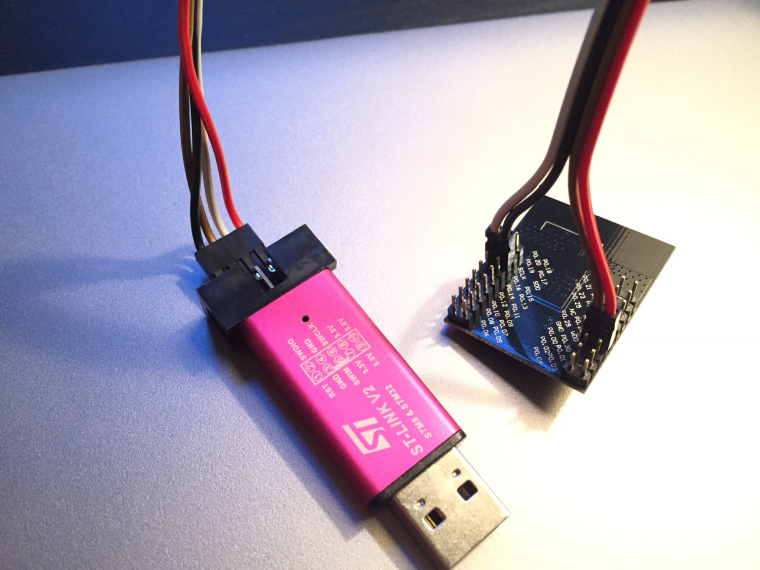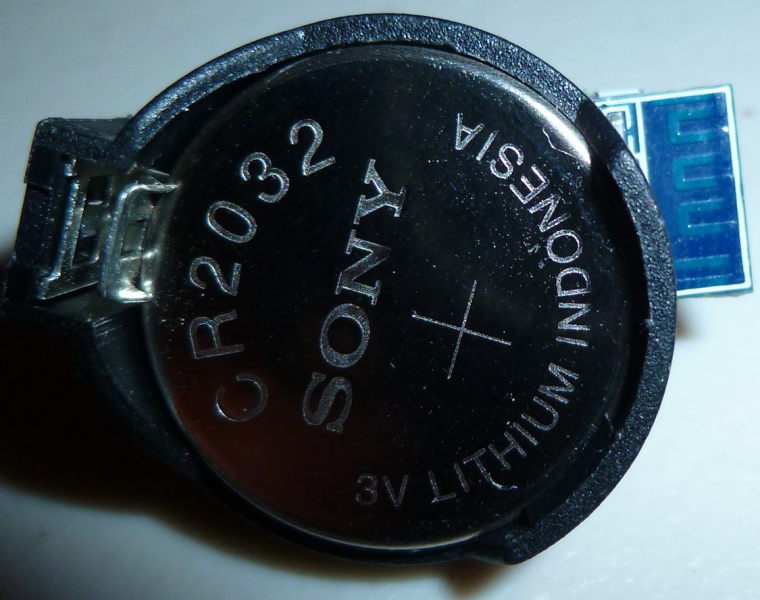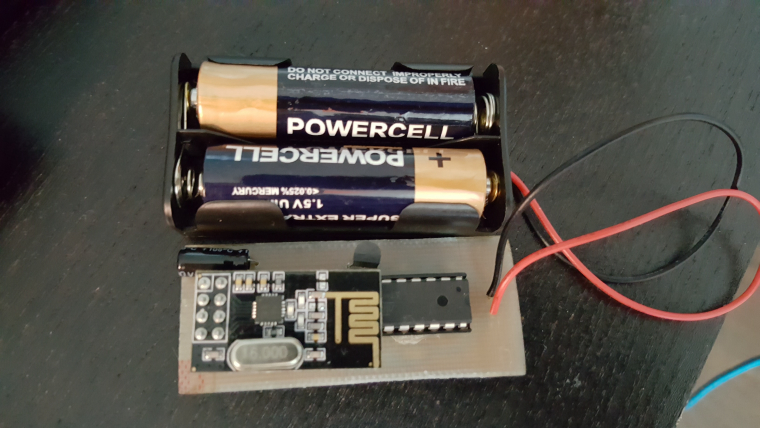What did you build today (Pictures) ?
-

Protecting a ds18b20 tempersture sensor to measure soil temperature for a prototype node.@mfalkvidd what is that in the background - some sort of PCB ruler?
-

Protecting a ds18b20 tempersture sensor to measure soil temperature for a prototype node.@mfalkvidd said in What did you build today (Pictures) ?:
Protecting a ds18b20 tempersture sensor
You may already know this, but it's easy to find ds18b20's that are enclosed in sealed metal probes. I've used some, and they don't seem to leak, even when left submerged in water.
-
Good ruler, I have such ruler too :)
Today's power part of my RGBW dimmer node (four LED channel PWM inputs, 12V input, +12V sense, +5V, +3.3V outputs). Dimmer is controlled by MySensors and also by conventional Samsung TV remote control (five presets, ability to record color presets, autofade from one preset to another, control of each LED channel brightness, gamma correction and so on).

-

Today I finally got to work on the nrf51822 that I bought some months ago. Using the Arduino IDE and my st-link v2 clone I was able to flash a softdevice and load an example sketch.
It seems to have worked, but I don't know how to communicate with the device yet. Serial? Swd? Some app on my iphone? Will need to do some reading tomorrow. Recommendations are welcome.
-
Today I introduced my 5 year old to soldering...

-
Today I introduced my 5 year old to soldering...

@sundberg84 said in What did you build today (Pictures) ?:
Today I introduced my 5 year old to soldering...
How did he like it?
-
@sundberg84 said in What did you build today (Pictures) ?:
Today I introduced my 5 year old to soldering...
How did he like it?
@gohan it's fun to do projects together! We enjoyed it and I tried the water story to explain everything. Also some short instructions to solder the legs and not the solder itself... Now he is playing with it so a good result!
-

On the workbench today: My Lenovo laptop getting a wireless network card replacement.The old card was wonky. Sometimes it wouldn't allow any network activity for a minute or so. Sometimes it would allow traffic, but only at 1-2mbit. Sometimes, but very seldom, it would deliver the ~100mbit it was supposed to.
With the upgrade card (bought off Aliexpress of course ;-) ) it delivers 40 megabytes per second when copying files from my desktop, and has been able to sustain that speed for more than ten minutes straight so far (still testing). New life to my poor laptop!
-
I soldered together a prototyhpe for a small wireless temperature sensor powered by a CR2032 button cell:


It works!

-

Today I'm doing some small things... Changed the antenna on my RFM gw to a bigger one. These one works really well!! Highly recommend.
-
The version 1 board for my button cell TH sensor finally arrived today. Though now obsolete compared to the current Version 4, I put it together anyway, and it works just fine.

I'll be able to use the I2C connector to get the software working for the si7021 and BME280 TH boards, so I expect the firmware will be finalized and ready to install before the version 4 board even arrives. :)



